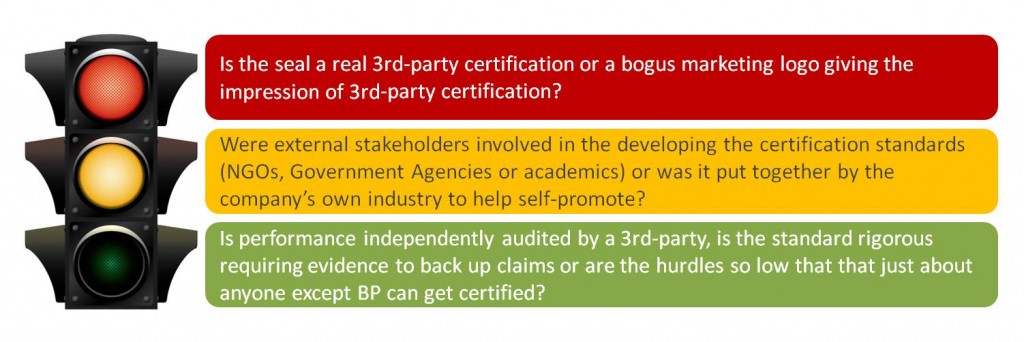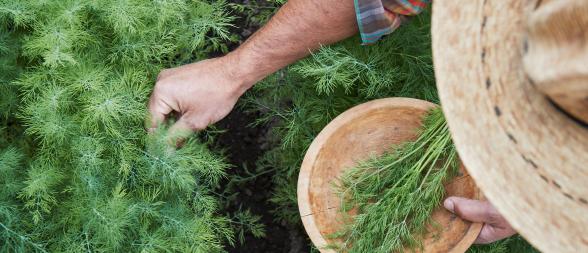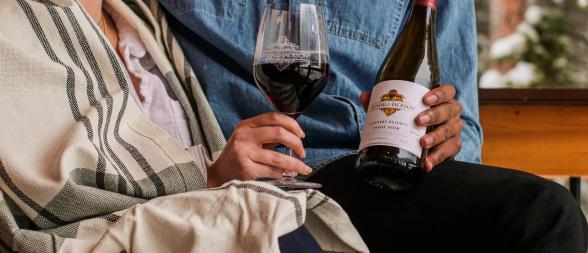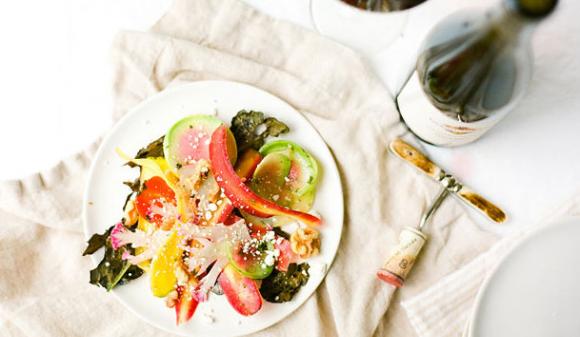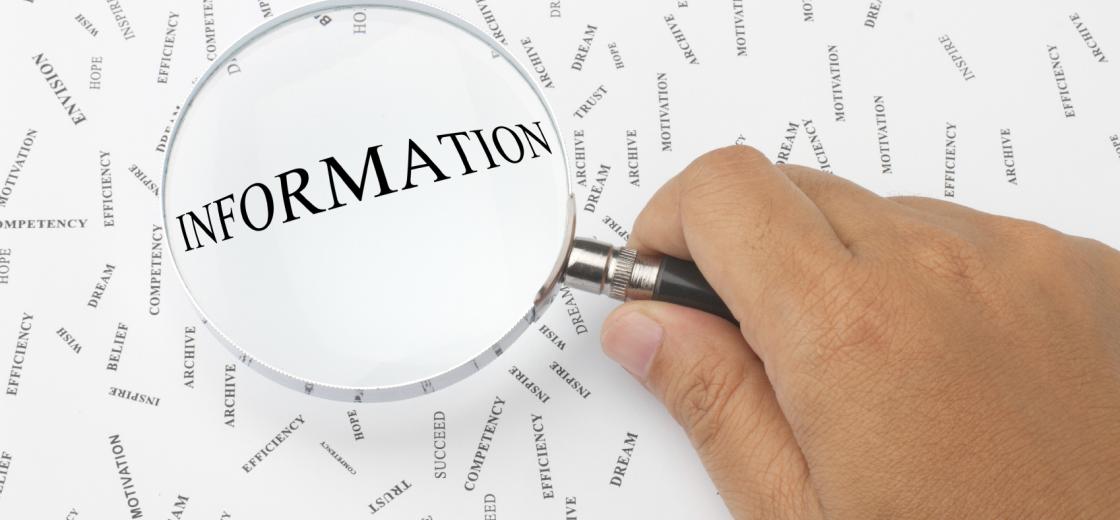
Eco-Certifications: Navigating the Tangled Web
Is it just me or does it seem like whether you’re watching TV, shopping online or at the grocery store, every company is claiming to be eco-friendly. The fact is that green advertisements have tripled in the last couple of years. Now most of us are skeptical of green claims. How are we supposed to make environmentally informed decisions when everyone is jumping into the game? Many of us rely on 3rd-party certifications to verify these claims. Those logos you see are great guideposts, but you need to be aware they not all of them are created equally.
Certifications can provide assurance of a company’s eco-performance. Unfortunately, when you see a certification seal it’s not an ironclad sustainable endorsement. As we discussed in the comments on greenwashing, we need to check a few boxes before we’re sure it’s all legit. Like what? Well, make sure it is a real 3rd-party certification put together by external stakeholders with high enough hurdles to actually making a difference.
OK, I know this seems like a lot of work. I’m not suggesting that in the checkout line you whip out your iPhone to see if that box of chocolates is OK to buy. This approach fits better when you’re making purchasing changes for everyday items like cleaning products or durable goods; furniture is another good example.
Each certification is different, so companies often seek multiple certifications to cover all the bases as we do here at KJ.
By the way, I get the irony here; part of my job is to tell people about the cool things were doing, but I’m also a consumer. Our approach is to aggressively improve our environmental footprint and pick up 3rd-party certifications along the way. Our objective isn’t to get the certifications. Rather, we’re choosing to do the right thing, and where certifications fit in, great.
Certifications can often be broken down into three basic categories:
- Ingredients: How the ingredients of a product were grown or made
- Operations: How a company operates or manufactures products
- Combination: A Combination of both the ingredients and operations
For the wine biz, and Kendall-Jackson in particular, our ingredients are the grapes we farm from our own vineyards. We have 4,200 acres in Monterey and Santa Barbara certified under the Sustainability In Practice (SIP) farming standard. This year we’re attempting to certify all of our vineyards in Napa, Sonoma, Mendocino and Lake Counties.
For operations it’s all about how we run our wineries and offices. We’re going after Leadership In Energy And Environmental Design (LEED) certification from the U.S. Green Building Council (USGBC). We’ve already got two LEED Gold certifications and are pursuing certification for all our facilities this year.
One of our certifications that combines both ingredients and operations is the Certified California Sustainable Winegrowing program. Last year we certified all of our vineyards and wineries that we own or operate.
The fun part of sustainability is doing the work to try and improve our impact on the environment and the communities where we operate. All the paperwork that comes with certifications? Not so much fun. As a consumer, I’m looking for assurance companies that do the right thing, which is why Kendall-Jackson pursuing the certifications.
I’ll be diving deeper into some of the certification requirements in the future, but if you need some help navigating other certifications drop me a comment and I’ll see if I can help.

